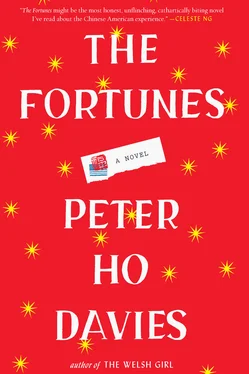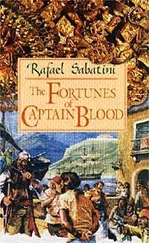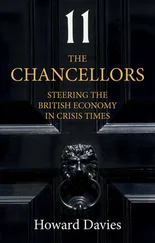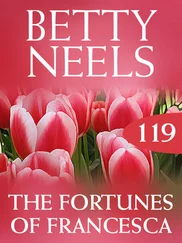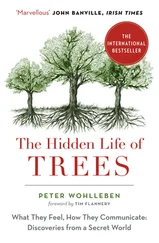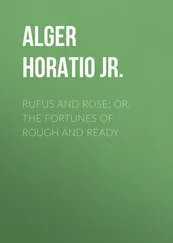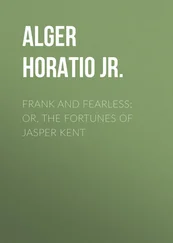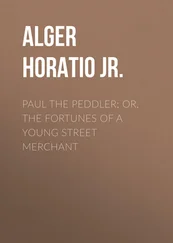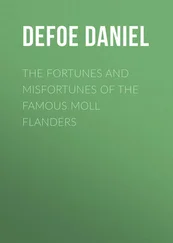“At least Jack must have talked to the Nationalists,” she tells Newsreel the next day. A telegram has arrived from the capital. She has at last gotten permission to visit her father. “That was me,” Newsreel admits. He has influential friends who appreciate his work reporting on Japanese aggression in Mongolia.
“Thank you,” she tells him, with a stiff little bow to the camera. “And do you share your friends’ opinion of my acting?” she muses loftily.
“I told you, I’ve not seen your movies. But do you think,” he asks wearily, setting the Eyemo aside, “even if you were the best actress in the world, you would be allowed to play white roles?”
She does not remark the few occasions she’s been cast to play non-Asians, twice as “red Indians,” once as an Eskimo. Picturegoer recently reported the offer of a plastic surgeon, and self-confessed fan, to “fix”—gratis — the slant of her eyes, meaning the fold of her lids, so that she could play European roles. She politely declined, saying, “It’s a bit more permanent than sticky tape!”
Edison had died in 1931, and the nation marked his passing by turning off the lights for a minute. Obits called him the Father of Motion Pictures, but Jimmie told her the inventor only began work on his kinetoscope after a meeting with Eadweard Muybridge, who’d pioneered chronophotography with his “horse in motion” study for Leland Stanford (the original goal of which was to establish definitively that horses engaged in “unsupported transit,” which is to say, took all four feet off the ground at the gallop). “And Stanford, see,” Jimmie went on, warming to his subject, “made his money — to buy horses, to hire Muybridge — from a railroad built by Chinese. Meaning without us, maybe no movies.”
But all she’d recall later was that Edison’s favorite actress was Mary Pickford.
CHINA CITY
Her father had moved home two years earlier. Old Chinatown had finally been razed to make way for Union Station. She used to joke he was old enough to have seen (and be soured on movies by) the Lumière Brothers’ short Arrival of a Train, which according to legend had panicked early audiences, who thought a real train was bearing down on them. But the joke wasn’t so funny anymore. She pictured the train tracks running through her old home, herself strapped to them in her childhood bed like an old silent-era damsel in distress.
She had tried to persuade him to stay. He said he was going home, but it felt as if he was leaving her, getting as far from her as possible. “But this is home,” she tried to tell him, and he shook his head. It didn’t help that he had another family in China, another wife, a son. She felt disowned. Little Orphan Anna, she derided herself.
She had tried to persuade him to move the business. There was talk of a New Chinatown, and of a competing location called China City, the former to be run by Chinese businessmen, the latter the brainchild of a white socialite, Christine Sterling, who’d previous developed the Olvera Street Mexican market as a tourist attraction and who was courting her for her support. But her father balked at China City when he heard that the shopkeepers there were expected to work in costume and speak pidgin. There were plans for rickshaw rides and something called a Chinaburger. “Chinese Movieland,” he called the development scornfully, and she soured on the project herself, throwing in with the New Chinatown developers, appearing at their grand opening to plant a willow tree, when she heard that China City was to feature the leftover sets from The Good Earth and other Chinese-themed movies. It was like a graveyard of her career, she thought. (The place went up in smoke ten years later, and she felt a wicked thrill at the news, a shiver of happy spite.) New Chinatown was the authentic Chinatown, she told him. But her father wouldn’t move there either. “What for,” he asked, “when I can have the real thing?”
So now she was coming to him, and bringing a cameraman with her.
“Don’t worry,” her father had told her when she bade him a tearful goodbye in L.A. “This way you won’t have to come to my funeral.”
FACE
The night before she sees her father she dreams she’s lost face, literally. That she has no face, just a smooth art deco mask, the features streamlined and silvered. It feels hard and cold to the touch. When she tries to take it off, she sees it’s riveted at the temples and along the jawline. Her hair, her trademark bangs cut just a little longer in the center of her forehead to make her face heart-shaped, is a steely coif.
When people come up and stare, all they see are their own faces shining back.
Makeup, she thinks, but all she can find to hand are some red packets for lucky money. Just as she had as a girl, she moistens the paper and rubs it on her burnished cheeks for rouge. But it won’t stick. In the mirror she sees herself reflected and reflecting, so that she seems to recede infinitely into her own sleek features.
In Daughter of the Dragon, her character threatened to disfigure the white heroine, her rival, telling her lover huskily, “You will have the torture of seeing her beauty eaten slowly away by this hungry acid.”
“Villains,” Vincent Price would tell her roguishly, “are always the best parts. It’s so good to be bad.”
RAILS
On the train inland Newsreel tries to interest her in the fact that the line they’re traveling on was laid by the same Chinese who’d previously built the transcontinental railroad. She wonders how they were welcomed home. The track, as she stares at it stretching into the distance, looks like a long strip of celluloid. It even sounds— clackety-clack, clackety-clack —like film through a gate.
“Now who’s mixing up life and movies?” Newsreel mocks.
“It’s different,” she snaps. “My life is movies.”
HOME
She isn’t certain how she’ll be received by the villagers, so she sends word ahead and her father meets them in the lane outside, leaning on a malacca cane. His neck has thickened, his hair receded; his face seems too small for his head. She runs to him and they embrace, but the camera jams, so they have to do it again. Already she has nothing left to say to him when he releases her from his second stiff embrace. For his part, he only repeats, Welcome, welcome, as if absentmindedly, as if he’d seen her just the week before instead of two years ago.
The dust of the road settles on their feet.
“And how is Mary?” he asks.
“Fine.” Still the favorite, then, after the boys, at least. “Of all you girls,” he told her once, “Mary takes after your mother the most.”
And yet how she has missed this disapproval! It shielded her from the world’s.
When Newsreel asks for a third take, they shake hands and refuse to do it over. The sun is as bright as a follow-spot, she complains, squinting. Her father’s face is more lined and liver-spotted than she remembers; it dawns on her that he’s come home to die. “I don’t want to get wrinkles,” she says with a sniff.
She introduces them fatuously. “Mr. Wong, Mr. Wong. I call him Newsreel.”
They bow, greet each other as “Cousin,” in reference to their shared clan name.
“Hai-sheng,” Newsreel says, gripping her father’s hand. “Sam Sing,” her father replies.
“My old pappy,” she’ll call him in the voice-over for Bold Journey, a 1950s ABC special cut together from Newsreel’s footage.
She stays for ten days. Newsreel films father and daughter strolling around the village in bright sunlight, catching the wondering faces of locals looking on. Some of them have seen her onscreen at the local town and act as if she isn’t real. Not as if she isn’t Chinese, but as if she isn’t human. They want to pinch her and prod her. When she speaks they compliment her on her Chinese, as if she weren’t a native speaker. Even the mules stop to stare.
Читать дальше
